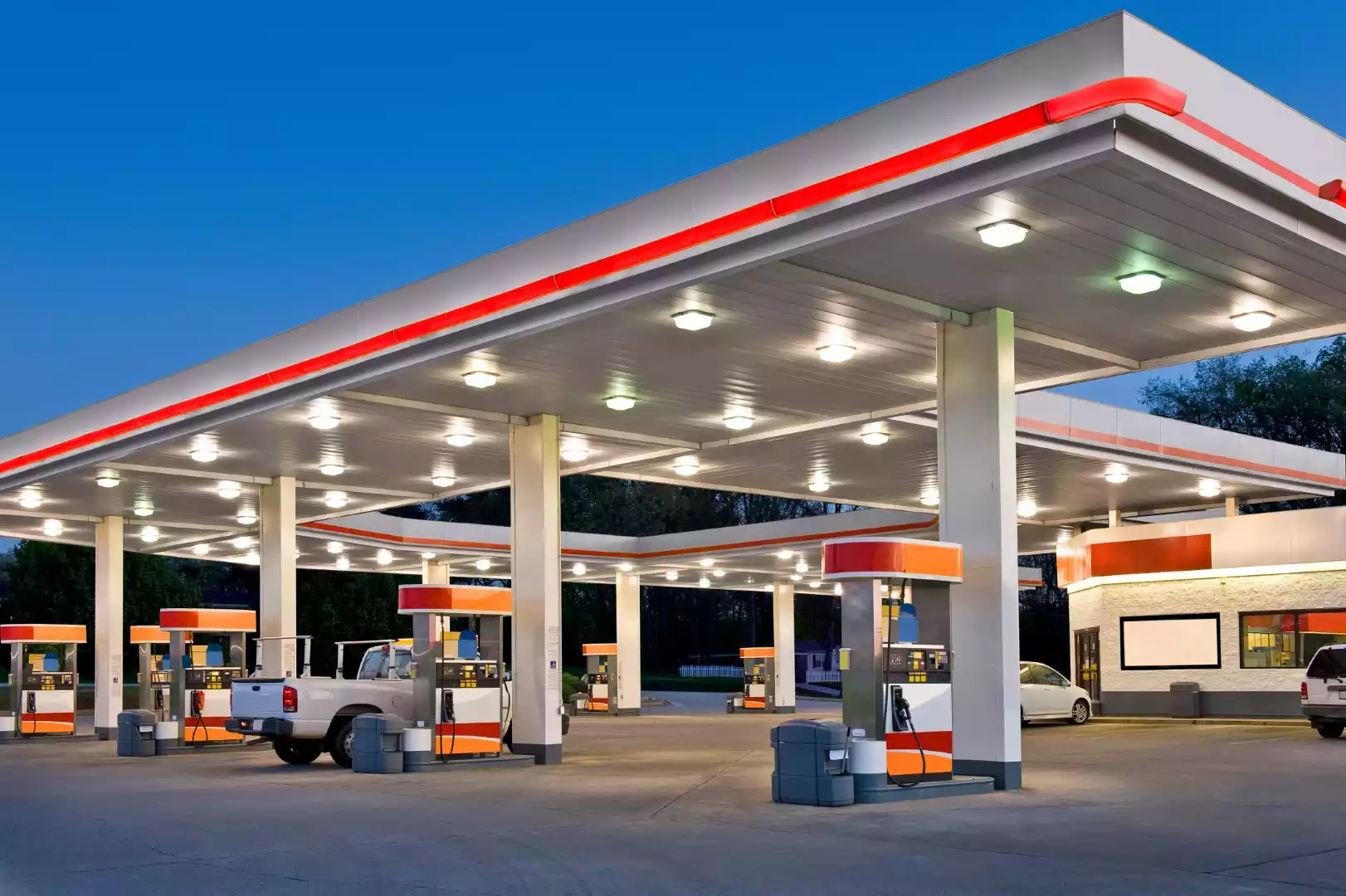Only my second full tank of gas on this new vehicle.
I was going to drive on post for fuel, which is the least expensive Premium in the area, but decided it was not worth the trip on this lazy Sunday.
So I went to CEFCO and it appears I misrembered that it was Top Tier fuel.
Guess its not, since its not on the "list"

 www.toptiergas.com
www.toptiergas.com
In my area all the big brand names like Shell, Exxon (which is big here), Marathon, BP, Shell are.
So while I know I didn't "hurt" my new car this is certainly something I will not repeat.
Paid a good penny per gallon since I went 93 Octane anyway.
On CEFCOs website they claim they "carefully add a generous amount of quality detergents exceeding EPA".
But that does not mean all that much.
It used to be that the premium still received extra detergents over the Regular fuel, but I suspect those days are gone.
Still am curious what the thoughts of the cognoscenti on this fuel are.
My intent generally is to stick to top tier.
I was going to drive on post for fuel, which is the least expensive Premium in the area, but decided it was not worth the trip on this lazy Sunday.
So I went to CEFCO and it appears I misrembered that it was Top Tier fuel.
Guess its not, since its not on the "list"

Fuel Stations - TOP TIER™
TOP TIER™ Licensed Brands prominently display the TOP TIER™ logo on the pump, pump handle, canopy or in a station window.
 www.toptiergas.com
www.toptiergas.com
In my area all the big brand names like Shell, Exxon (which is big here), Marathon, BP, Shell are.
So while I know I didn't "hurt" my new car this is certainly something I will not repeat.
Paid a good penny per gallon since I went 93 Octane anyway.
On CEFCOs website they claim they "carefully add a generous amount of quality detergents exceeding EPA".
But that does not mean all that much.
It used to be that the premium still received extra detergents over the Regular fuel, but I suspect those days are gone.
Still am curious what the thoughts of the cognoscenti on this fuel are.
My intent generally is to stick to top tier.

